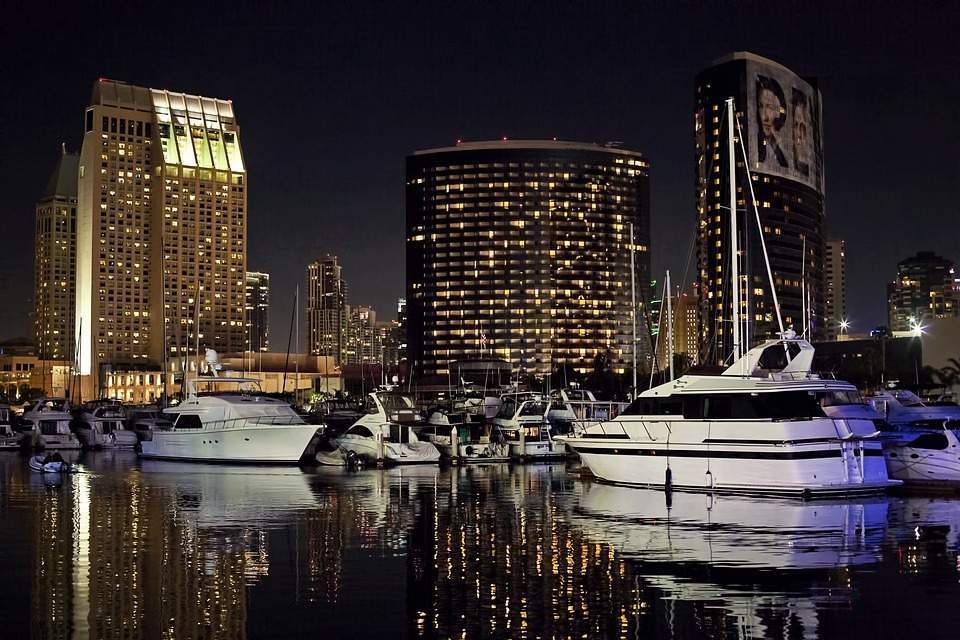
There are manifold issues when it comes to floating assets, particularly art. Here is what you should consider when taking your art afloat, writes Rudy Capildeo
When travelling by yacht between ports, borders are often crossed with little or no fanfare and usually, the journey or tour is over a short period of time. Coupled with the varying diligence levels of customs controls in different jurisdictions, and you can begin to understand why collectors may not consider ensuring they have the relevant or necessary paperwork in relation to the art and collectibles on board the yacht. Particularly if the yacht intends to return to its original port at the end of the journey.
However, such a laissez-faire attitude is not wise. In the Mediterranean, for example, a yacht will generally travel between multiple EU countries and a collector may be fooled into thinking they can rely on the freedom of the movement of goods within the EU.
But that is only the case if the collectibles have firstly been imported into the EU with the correct paperwork and import VAT (and other duties if relevant) paid. If they do not qualify as ‘cultural property’, this falls outside the rules of freedom of movement and will need their own independent export licence from the relevant EU State.
An example of authorities being alive to yachts travelling with art and collectibles on board with no paperwork was played out a few years ago when a painting by Pablo Picasso worth over €25 million and considered a Spanish national treasure was seized from a British registered yacht moored off Corsica by French authorities. It was alleged by French customs that ‘Head of a Young Woman’, which was owned at the time by Spanish billionaire Jaime Botin, was being exported to Switzerland.
The seizure was the latest chapter in a longer running saga concerning Mr Botin’s wish to take the artwork to London having had a request in 2012 turned down by the Spanish Ministry of Culture. Mr Botin had argued that the artwork was not technically in Spain because it hung on his superyacht moored at the Valencia Royal Nautical Club under a British flag and the artwork was owned by a Panamanian company. These arguments were given short shrift by the Spanish court, citing the 1982 Montego Bay Convention stating that ‘the existence of a ship in a Spanish port except in the case of military vessels, is subject to Spanish law.’
Therefore, before the route is mapped and the yacht leaves port, crew and collectors should be alive to the objects on board the yacht, keep an inventory and make sure the necessary paperwork is in place to ensure the works are not seized by customs officials.
How to get insurance right
The obvious risk of keeping art on a yacht is that it may become affected by damp conditions. However, most superyachts have their temperature, humidity and light maintained by a full-time crew and the conditions can rival (and even surpass) some museums’ climate control facilities. The key considerations are therefore around appropriate insurance coverage. Often, separate policies will have to be taken out if the artworks exceed $50,000 in value.
There have been instances of artworks being stolen from superyachts. In March of this year, a work by Pablo Picasso called Buste de Femme (Dora Maar) was found, having been taken from a Saudi sheikh’s yacht in 1999. Security is therefore increasingly important and will need to be disclosed fully to the insuring broker.
Tax issues
The main tax concerns for art are import VAT and customs and excise duties. In the EU, the appropriate import VAT rate will depend on which EU country the art is first imported through. For example, the UK has the lowest import VAT rates for artworks at 5 per cent, whereas Greece charges 13 per cent. Therefore, with careful planning, significant savings can be made when transporting art into the EU.
Once the art is in the EU it is free to move, provided it does not qualify as cultural property.
How to avoid the artwork’s value dropping
The best way to keep an artwork’s value is to show it in important, relevant exhibitions around the world from time to time and not to overexpose it by touting it around dealers and auction houses.
It is also important to ensure the condition of the artwork remains good whilst aboard and that any damage is quickly restored by a reputable restorer who is recognised as a specialist for that particular artist.
Rudy Capildeo is a partner at Charles Russell Speechlys
Read more:







